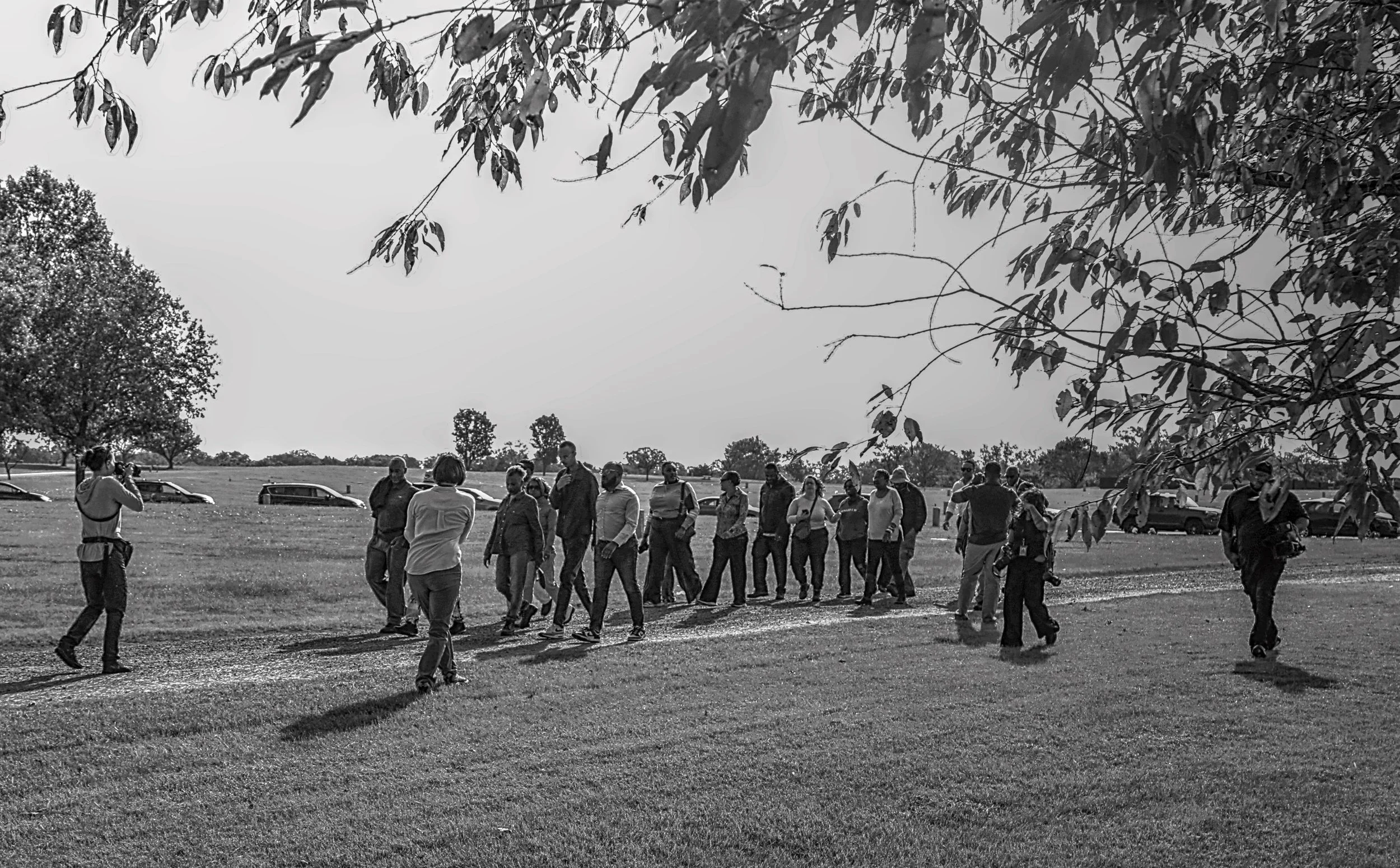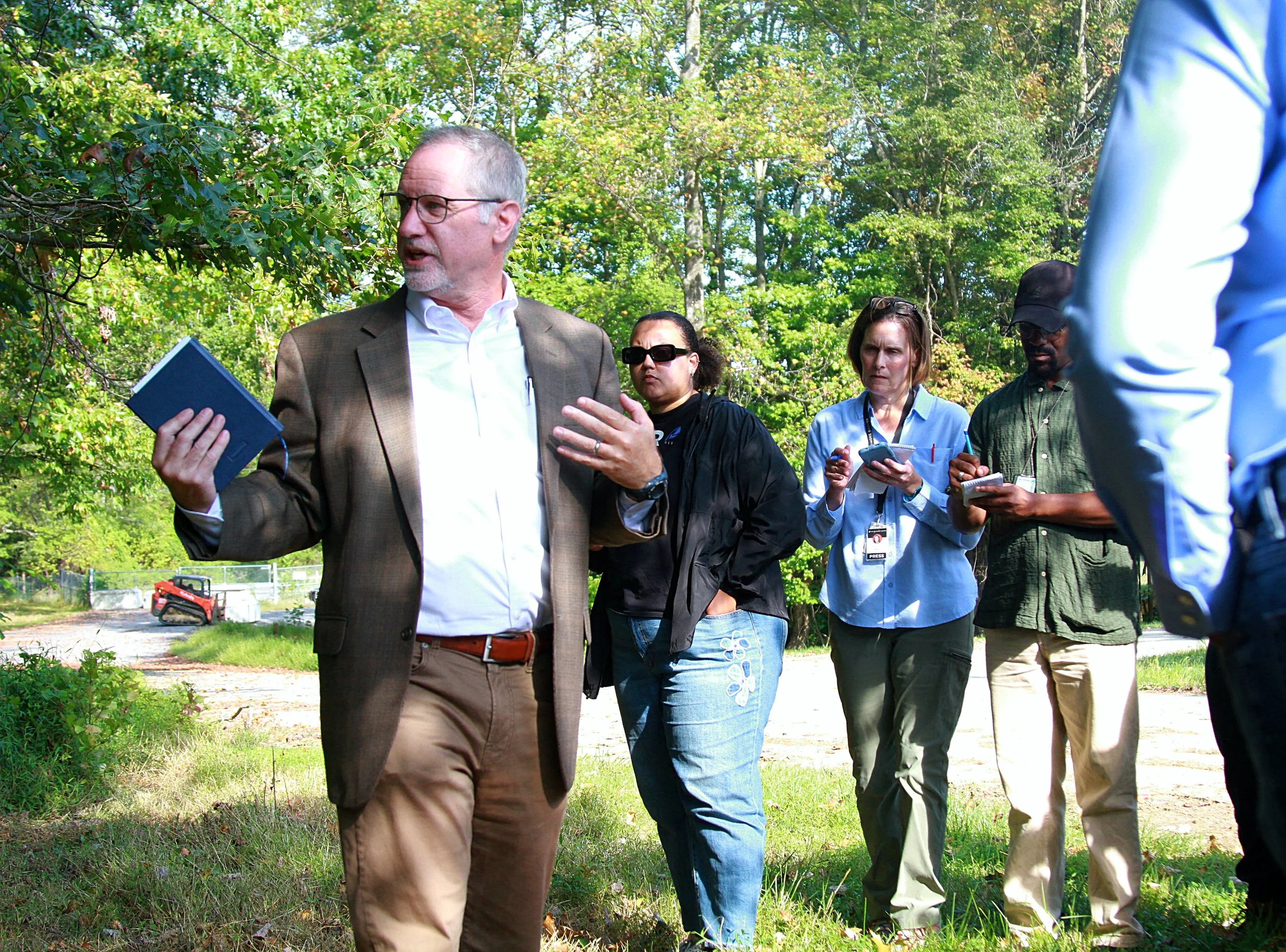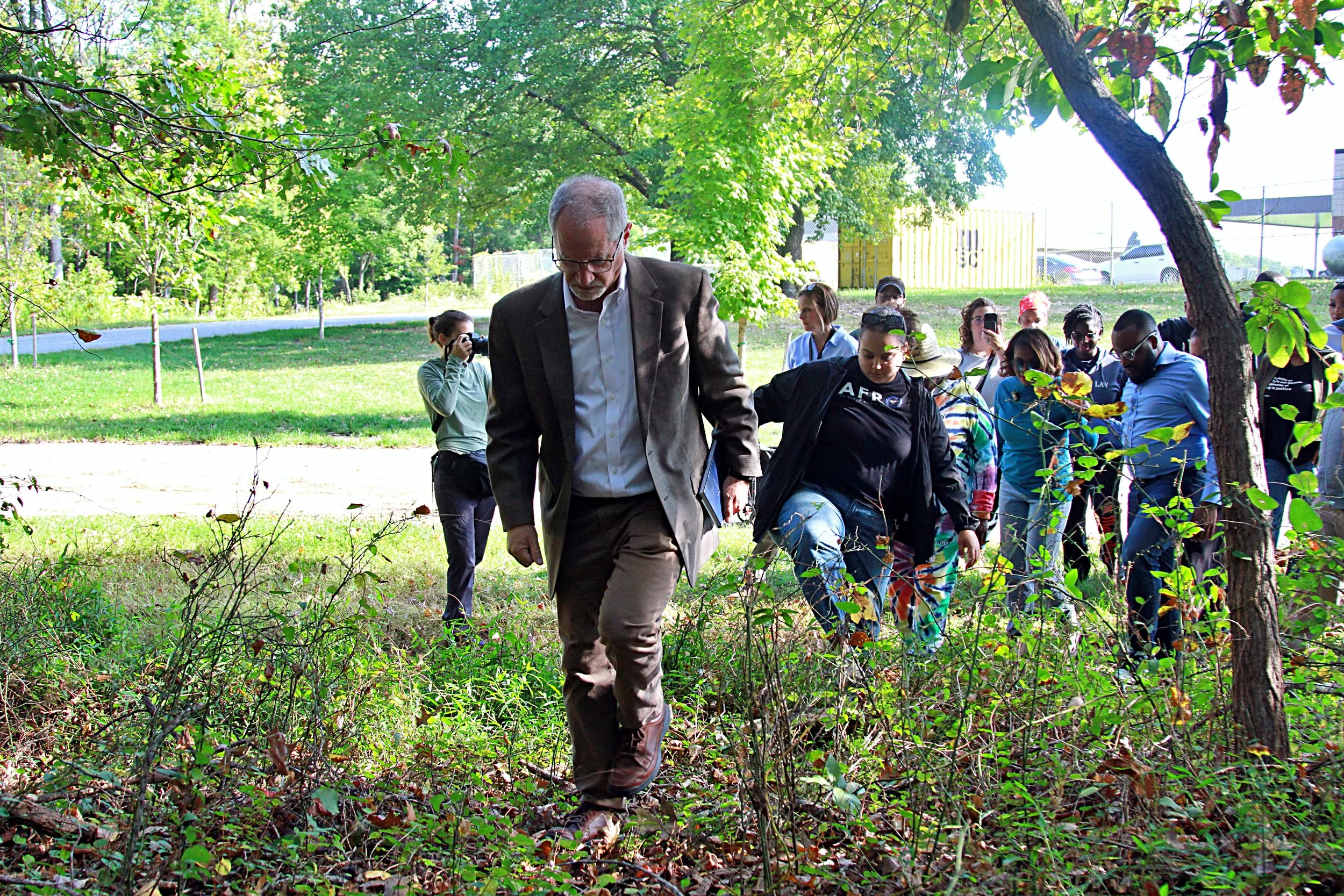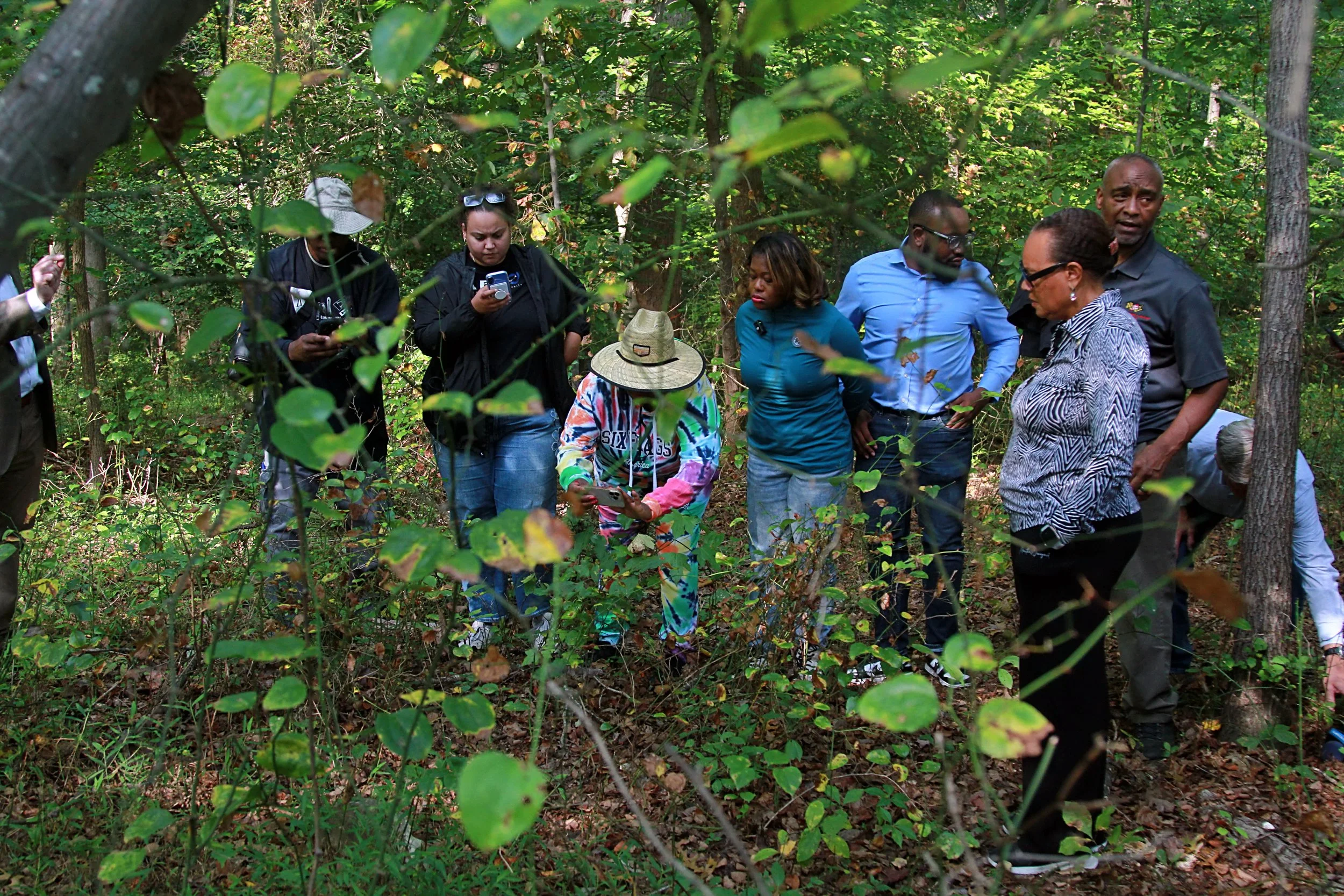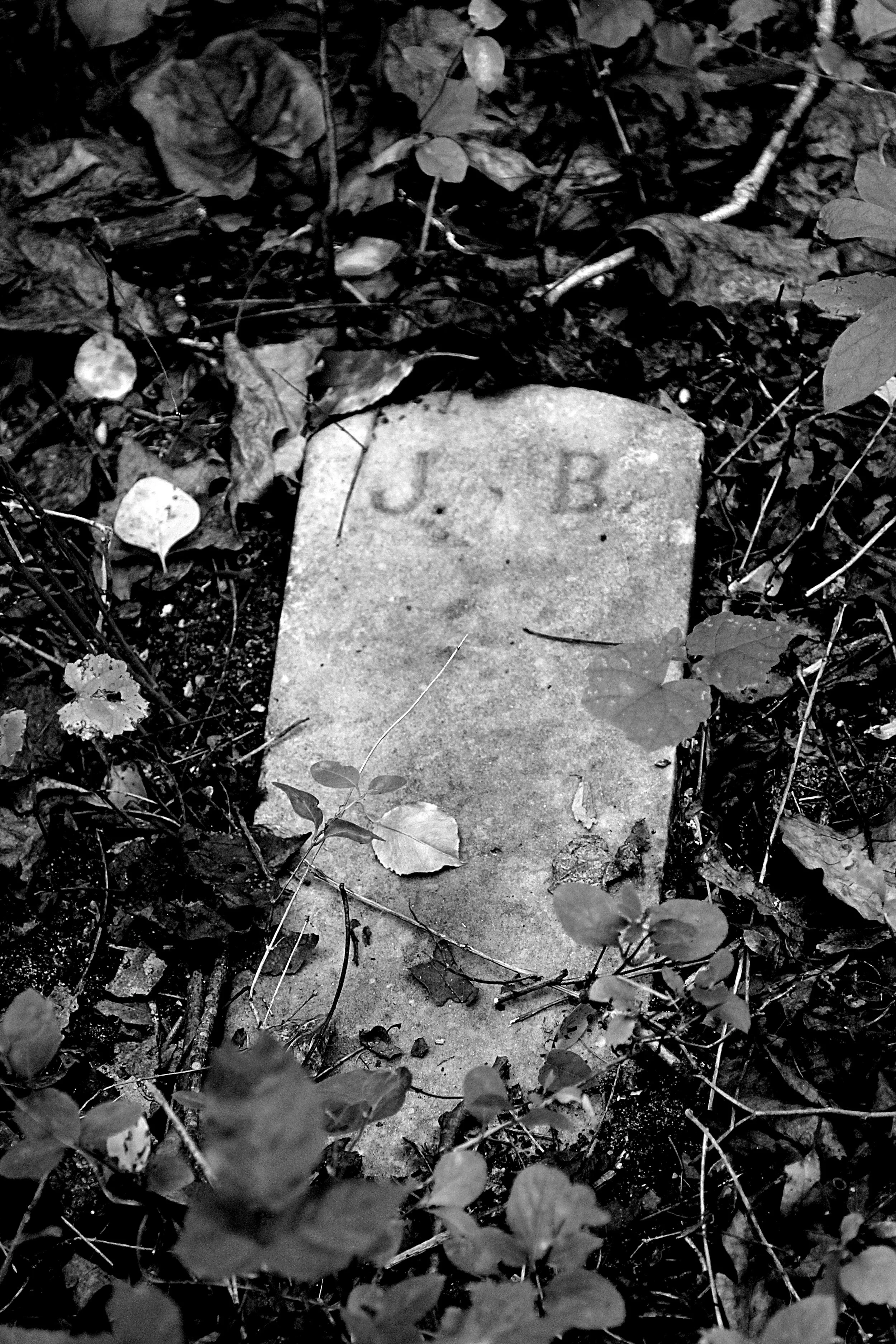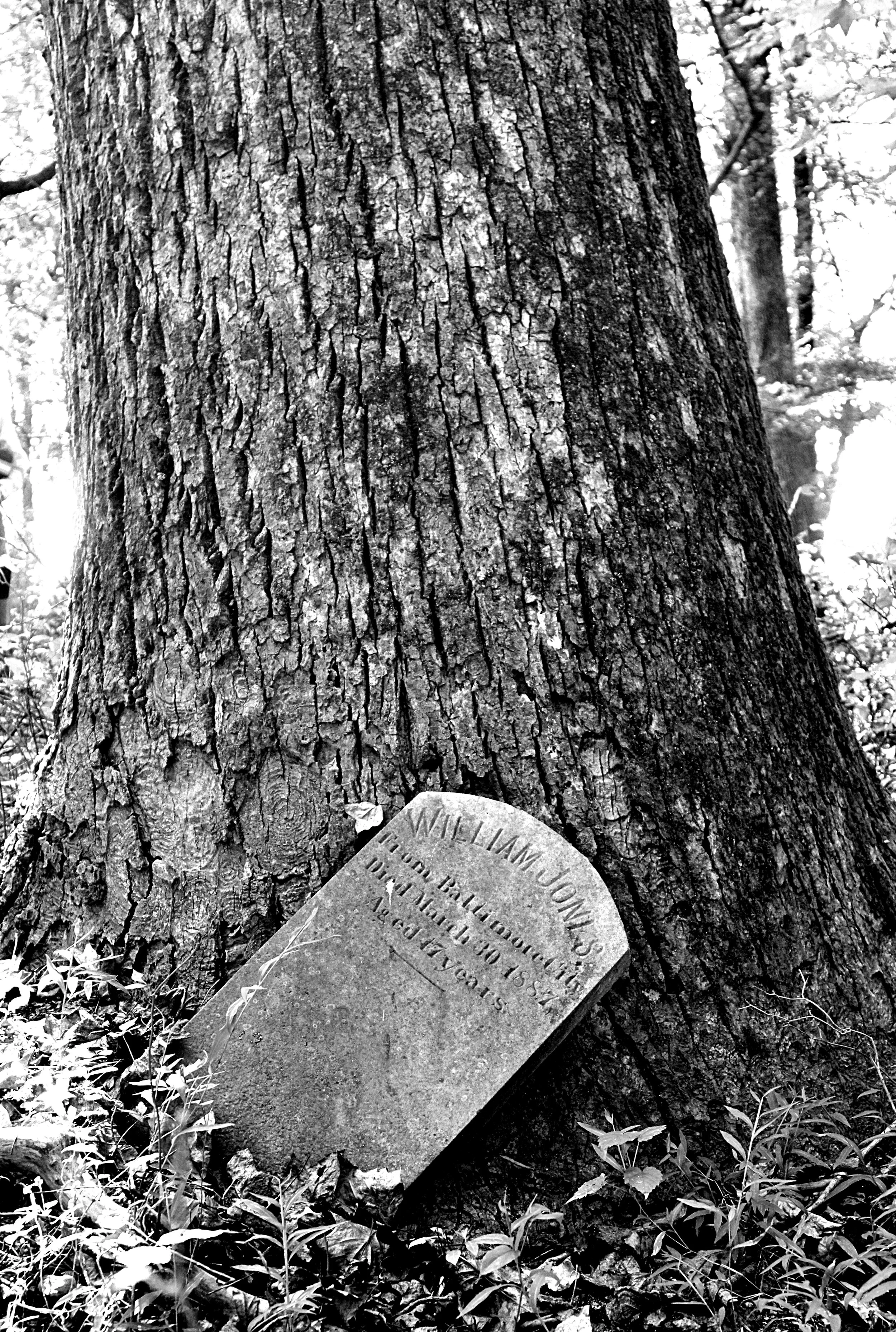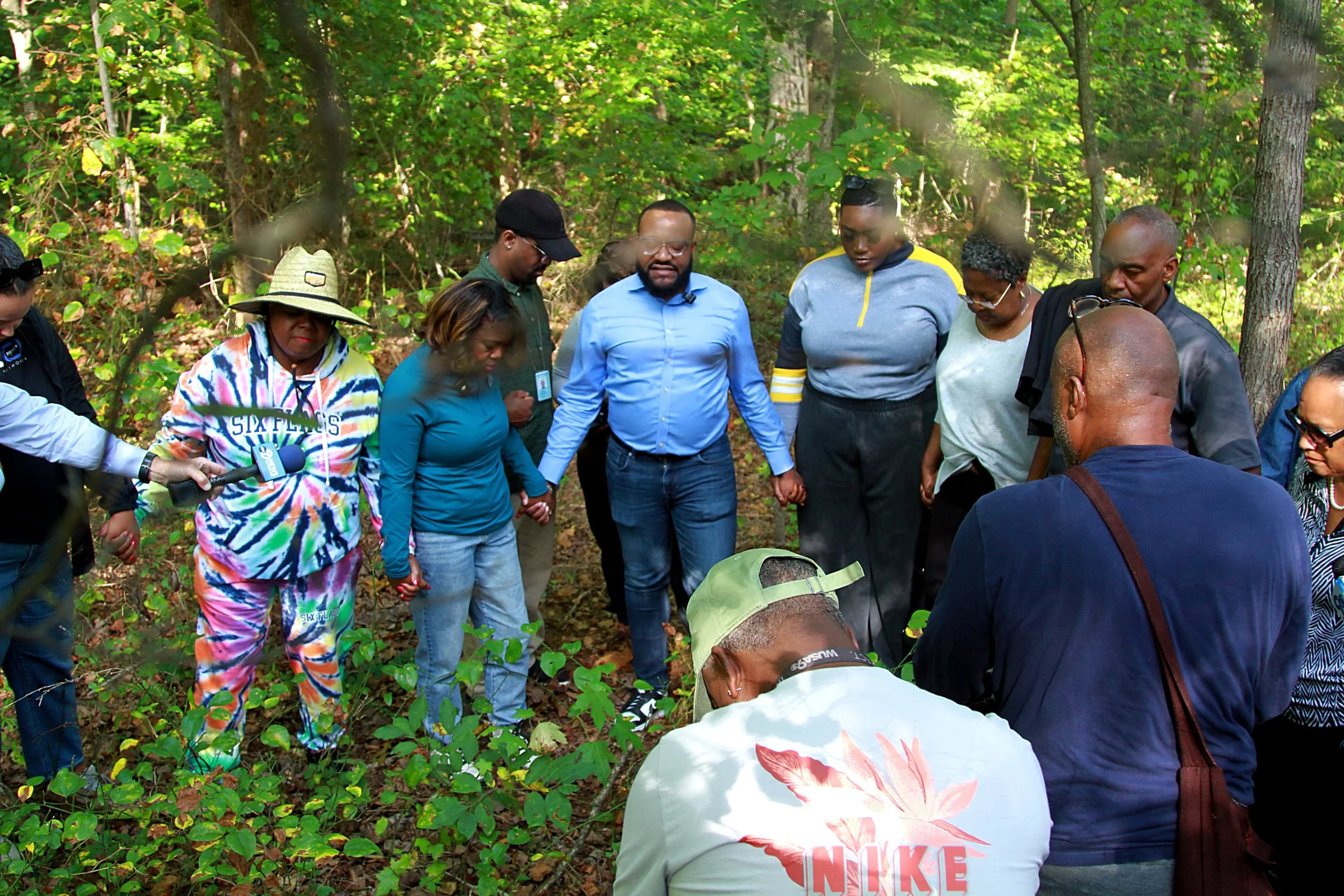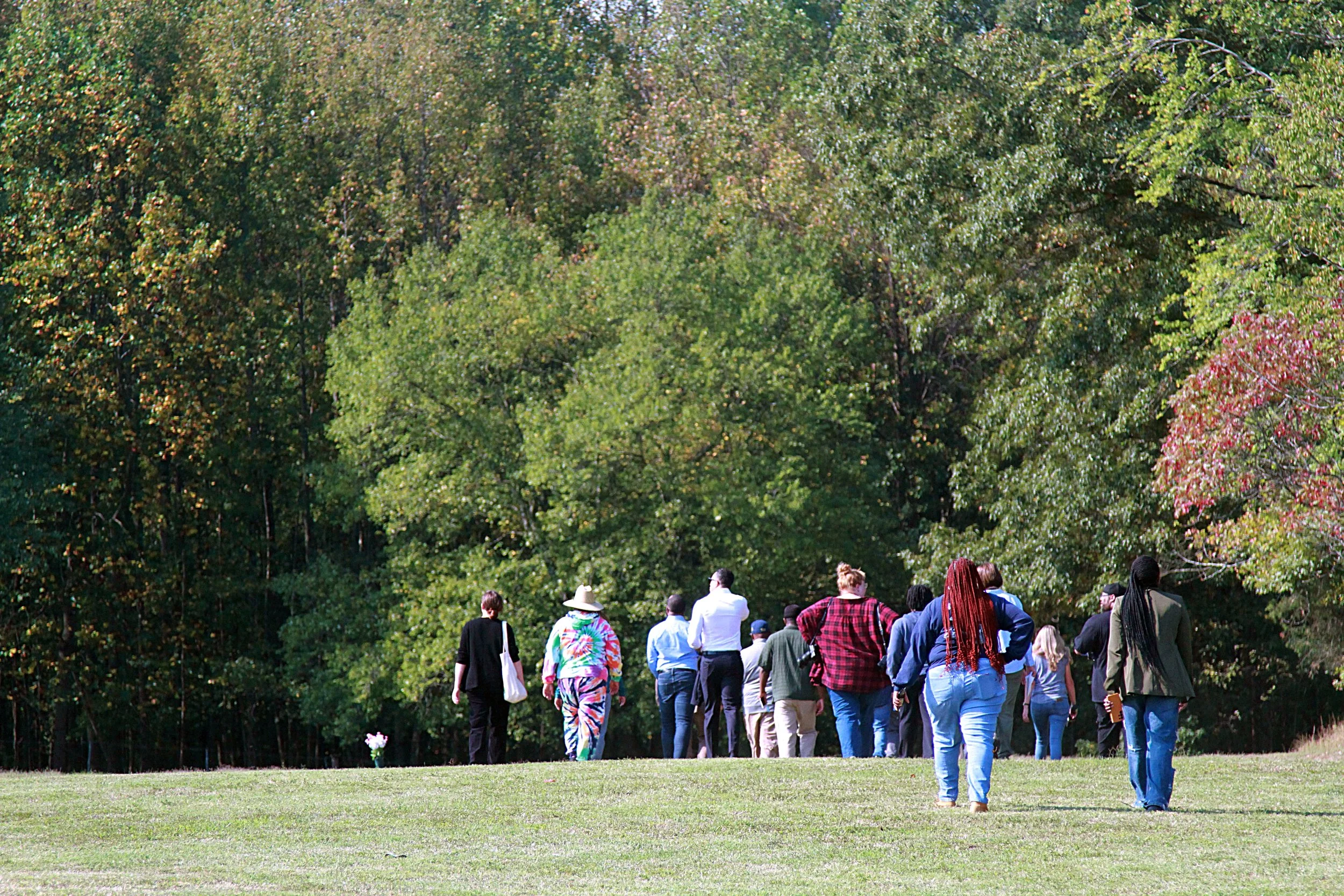Photo Essay: Members of the Maryland Black Caucus visit grave site of Black boys buried at Cheltenham Veteran Cemetary
At Cheltenham Veterans Burial, in South County, Prince George’s County, are polished gravesites of military veterans. These gravesites are symmetrically organized, existing among a manicured lawn. A line of tall trees, decorated with fall leaves, serves as a backdrop to the burial site.
Beyond those trees, exist two locations with grave sites of Black boys formerly held at a facility that incarcerated Black boys around 1870. Unlike the veterans’ graves that exist among the manicured lawn, these Black boys rest in marked and unmarked graves overtaken by thorns, dried leaves, vines, and fallen trees.
The boys once attended a facility called The House of Reformation and Instruction for Colored Children. The institution was built approximately six years after Maryland declared slavery illegal. According to the historical documents, the building was established to house “colored” children who were punished for alleged crimes. While there the Black boys were taught a trade. Marc Schindler, former assistant secretary and chief of staff of the Maryland Department of Juvenile Services, said that it is possible that these children were leased out to local businesses, a system that was perhaps akin to slavery.
Prior to the building of this facility, and others, youth were incarcerated with adults.
On Sept. 23, more than 10 members of Maryland’s Black Caucus toured the site. For some – like chair of the Maryland Black Caucus Jheane Wilkins – it was their first time. Members paid a visit to the site to pay homage to the Black boys that are buried there. Furthermore, the caucus also wanted to share their plans with the press on how they hope to properly preserve this space, and continued care for the burial space. Schindler said it appears that some of the boys buried at the location are from Baltimore.
It is also not clear about how the boys died. Some of the ages of the boys buried there, The Intersection viewed, are as young as 13-years-old. At least one of the headstones was detached from its grave – positioned up against a tree. Some of the headstones were slightly submerged underground, and some graves were marked with a brick, or a cement block. In those cases, at least for now, we researchers can’t identify the children’s names, date of birth, birth locations, nor their ages.
Below is a photo essay of the tour.
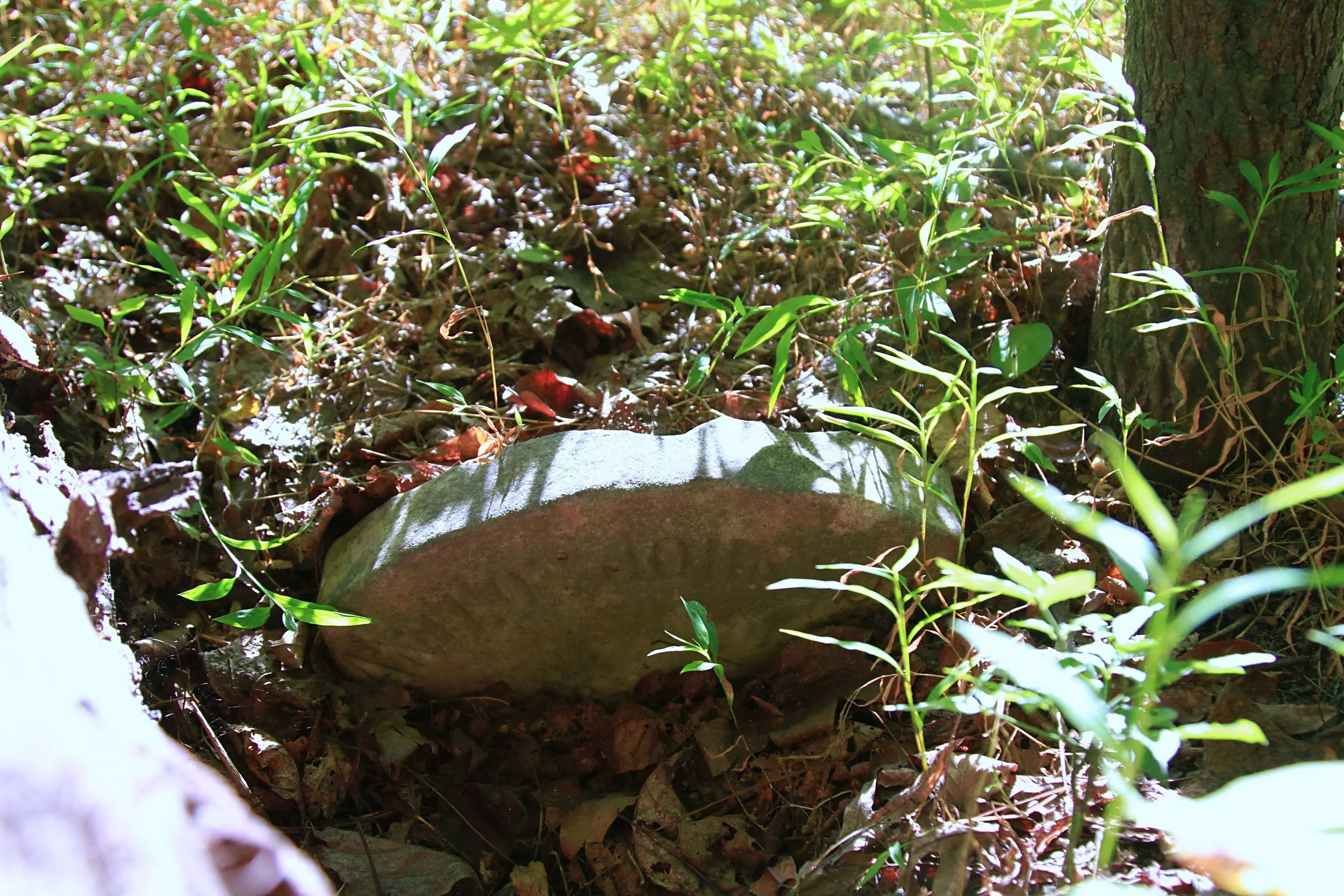
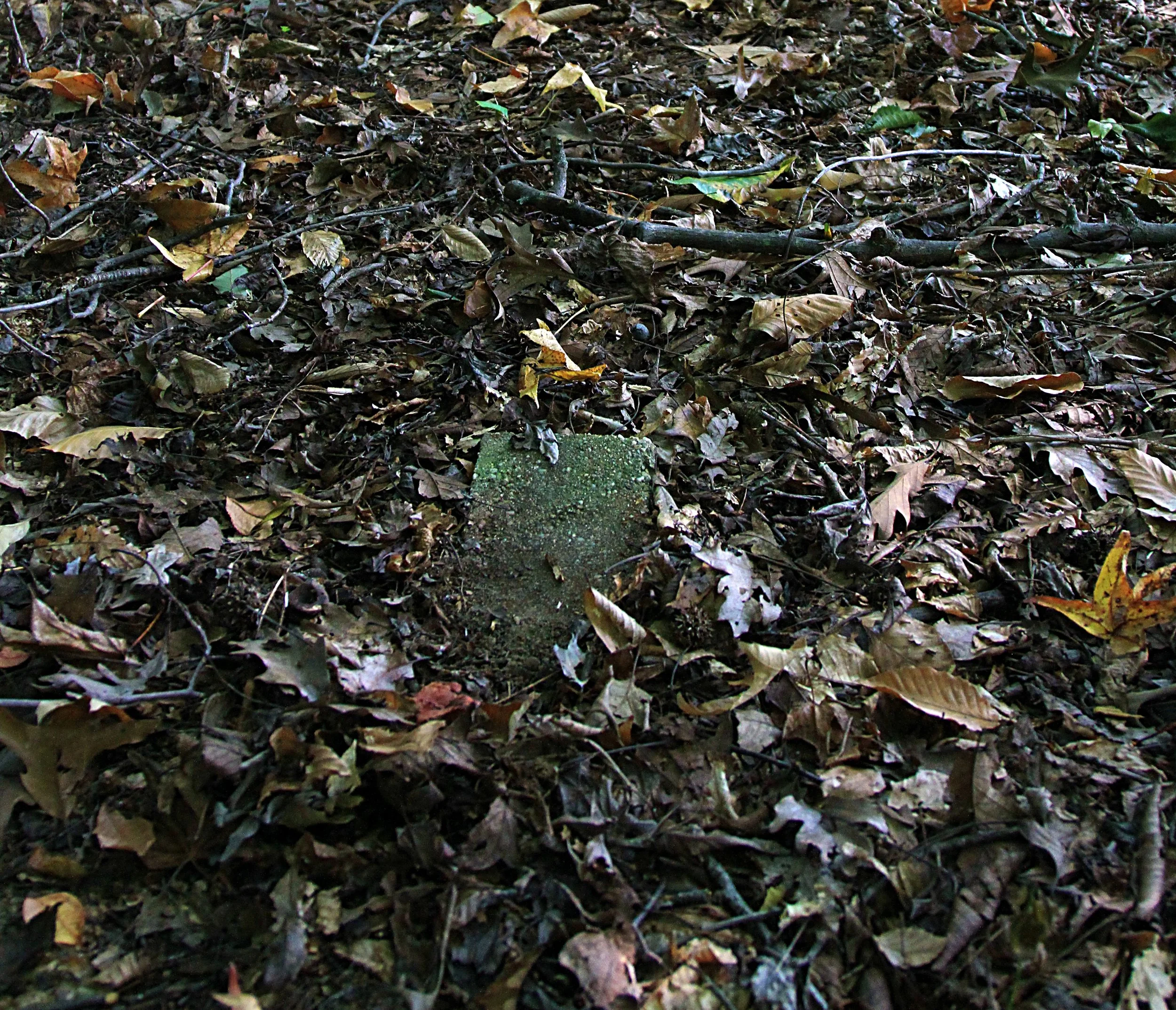
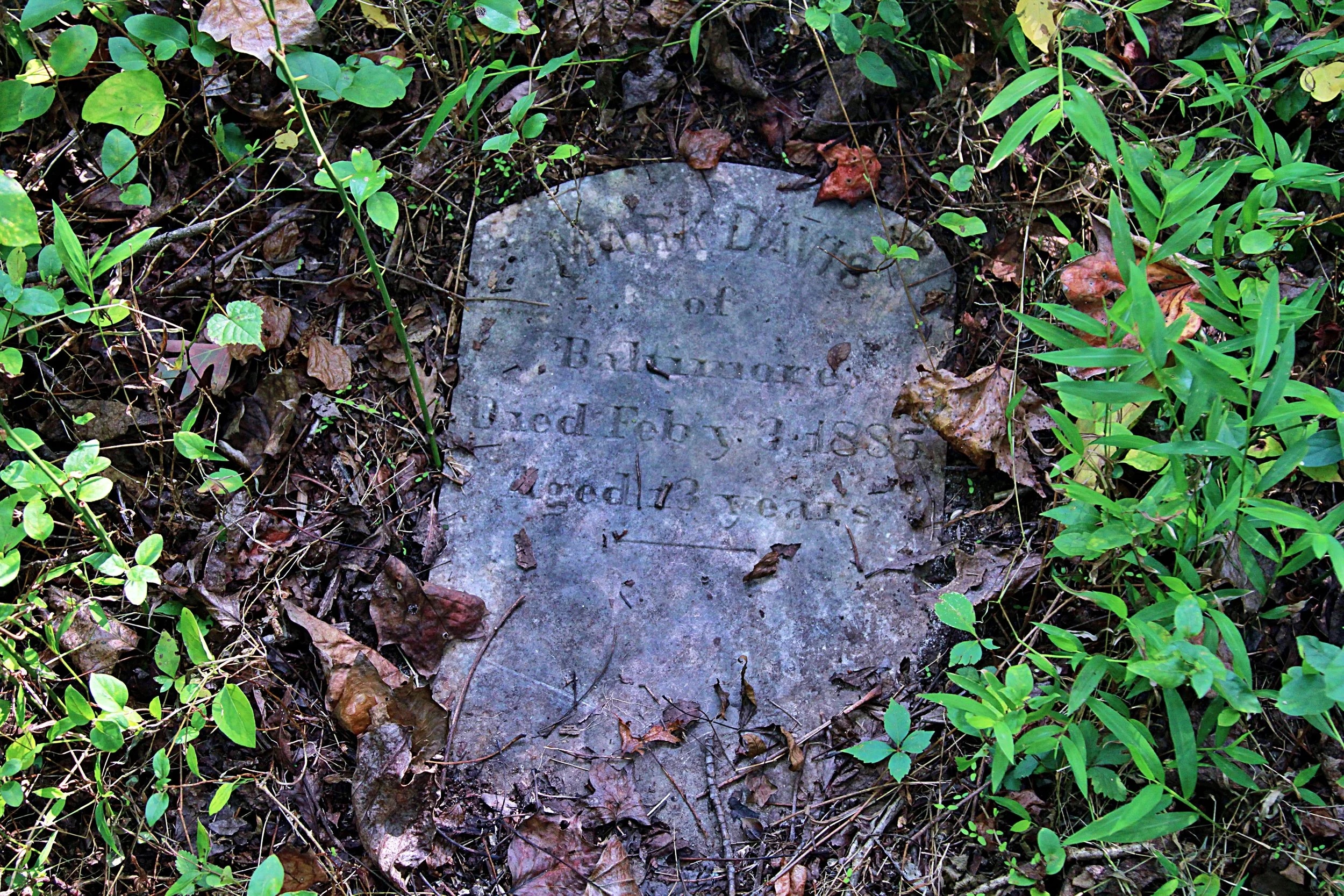
Read Some of Other Reporting


